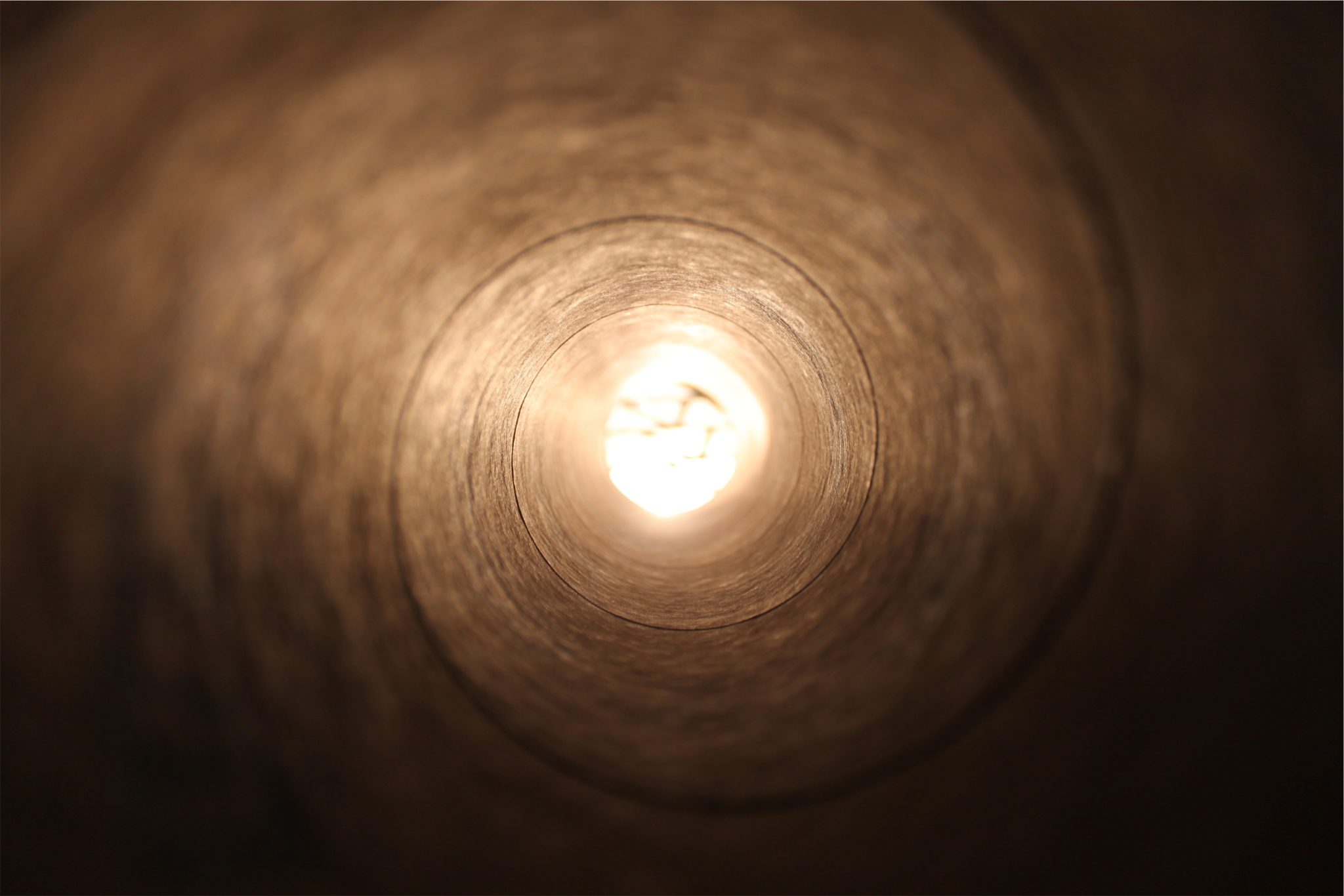Who doesn’t wish for a better world? A world wherein all our wishes would be granted, and all our dreams come true. But what is the substance of this fantasy? What is it that we are wishing for? Are we yearning for a life of comfort and pleasure, free of pain and suffering? A world of devotion and empathy, friendship and love? Or perhaps our desire is for deeper perception and awareness; to comprehend the mystery of creation, to enter into a mystical union with the Divine?
No two people have the exact same concept of a “better world.” Apparently, our dreams and fantasies are products of our personalities, emotions, and experiences. Against this backdrop, how are we to understand the concept of the “Messianic Era,” a very fundamental topic in Judaism. Is it a childish fantasy, a useful but escapist tool to deal with the travails of persecution and general hardships of life? Or does it in fact represent something far more profound than that–the key to the whole mystery of creation; the why and wherefore of all existence?
Anyone well versed in Jewish traditional thought and philosophy would likely argue the latter view. Great Kabbalistic and Chassidic works have been dedicated to expounding upon the deep mystical significance and meaning of the Messianic era. But one could hardly be blamed for believing that the whole Messianic concept is nothing more than a nice story for children. After all, traditional Jewish educational practice has always been to describe the Messianic era to children in the most glorious, fantastical manner possible. There are those references to sweets growing on trees, lions and wolves being led around like pets, and streets littered with diamonds and jewels.
The scholar will be quick to rejoin that the literal interpretation of those stories represents nothing more than a very primitive understanding of a very lofty and delicate concept. With maturity, the child will begin to understand the depth and profundity surrounding the whole topic. He will outgrow his childish cravings for candy and easily accessible comforts, and start to focus more on the more ethereal but permanent joys of life.
He will understand the famous quote of Maimonides[1], “and all delicacies will be freely available as dust,” to mean exactly that. All earthly pleasures and delights will be about as interesting to us as dust.
Yet if that is the case, why should the concept of Moshiach be introduced at such an infantile stage? Why bother enticing children with images of candies growing on trees, when we can focus on developing a more sophisticated appreciation for the true values of life? Perhaps we should delay introducing the concept until the child is already mature enough to properly appreciate its profundity? Especially disconcerting to our rational selves is to hear children belt out a song with a refrain like: “We Want Moshiach Now!” roared as eagerly as if they were cheering for their favorite sports team. Is this the proper expression of such a lofty and divine concept? Is it not a desecration of something holy and sacred?
To put the issue into a proper Torah perspective, let us examine the structure of one of the most important vessels in the Holy Temple, the Ark. The Ark was placed in the Holy of Holies, the most important location in the entire Temple, and contained the very tablets which G-d presented to the Jewish people through Moshe. Being that the Ark was a hollow structure, a golden covering was fashioned for it, called the kaporet. It served as a protection for the contents of the Ark. It also served another purpose. The word Kaporet in Hebrew comes from the root of kapper, which means atonement. So the kaporet actually served to atone for the sins of the Jewish people.
Carved out of the kaporet were the figures of two cherubim, a male and a female child. These two cherubim have deep Kabbalistic significance, representing the union of G-d’s masculine and feminine energies. Yet these energies are not represented in the form of a patriarchal grandfather with a long white beard and his no less matronly counterpart. The form chosen was specifically that of two children, to strikingly demonstrate to us G-d’s great love of children, as in the verse “for Israel is a child, and I love him.”[2]
Describing spiritual concepts in terms palatable to children is not a “profanation” of something sacred. G-d, in His great love for children, willingly “lowers” Himself, so to speak, into those areas that even a child can appreciate. But actually, the very fact that the figure of two children is placed in such a prominent location in the Temple indicates something far more profound. We tend to believe that childhood represents an early stage of life; one to be outgrown as we mature and develop intellectually. We are expected to shed our childishness and move on into adulthood. But the covering of the Ark sends a very different message. What is placed above the holy Ark, as a shield, protection and atonement? The Jewish child. So childhood, in G-d’s perspective, represents the ultimate and holiest stage of life.
Why is it that as adults, we no longer feel the same pleasure in candy, games and toys? How is it that a child’s consumption of worldly delights is looked upon benignly, while in an adult, it would be frowned upon as immature, gluttonous, or careless? Have we gained a new awareness, or have we lost a special gift? The answer is a combination of the two. We gain intellectual awareness. We begin to understand that everything was created with a purpose, and must be utilized for a higher end. We begin to feel shame if we merely indulge in pleasure for our own selfish purposes. Yet our very sophistication causes us to lose touch with that essential divine side of our nature. A dichotomy is introduced into our thinking.
In our perception, the physical and spiritual represent two antithetical worlds. What feels good physically must be rejected, or at least suppressed or relegated to secondary status, in order to advance spiritually. However, in an integrated, harmonious world, no such fragmentation exists. All of existence is a reflection of one unified truth. Thus, the most profound spiritual experience is deeply satisfying on a physical level as well.
Imagine all your drives and desires finding fulfillment in one unified purpose. Imagine being able to actualize your inner potential with no conflict from any outer or internal source. In such a world, eating a pleasurable food and appreciating the divine benevolence that brought this food into being would be no less sublime than meditating on the deepest mysteries of creation. And this awareness is what every child essentially has from birth. The child may not have a cognitive awareness of this; that is achieved through maturity and education. But the child’s ability to revel unabashedly in the delights and pleasures of this world are actually an indication of a lofty spiritual status, where the physical does not threaten or negate the spiritual.
It’s time to take a new look at childhood. Let’s try to suffuse our worldly needs and indulgences with an awareness of the Divine. Remember that the ultimate is being able to synthesize all the components of our personality, from the most base to the most sublime, into a harmonious unit. Skip the guilt. G-d is not looking accusingly at you over your shoulder. Imagine, instead, the divine presence hovering lovingly and protectively above the cherubim. Imagine the Father of us all, the G-d who is smiling benignly down at all His children, for indeed, “Israel is a child, and I love him.”
Based on the Rebbe’s talks on Shabbat Terumah 5741 (February 7, 1981) and on other occasions[3]
Adapted from the teachings of the Lubavitcher Rebbe by Chaya Shuchat.
[1] Mishneh Torah, Laws of Kings, Ch. 12:5.
[2] Hoshea 11:1.
[3]. Likkutei Sichot, vol. XXVI, pp. 175-182.







